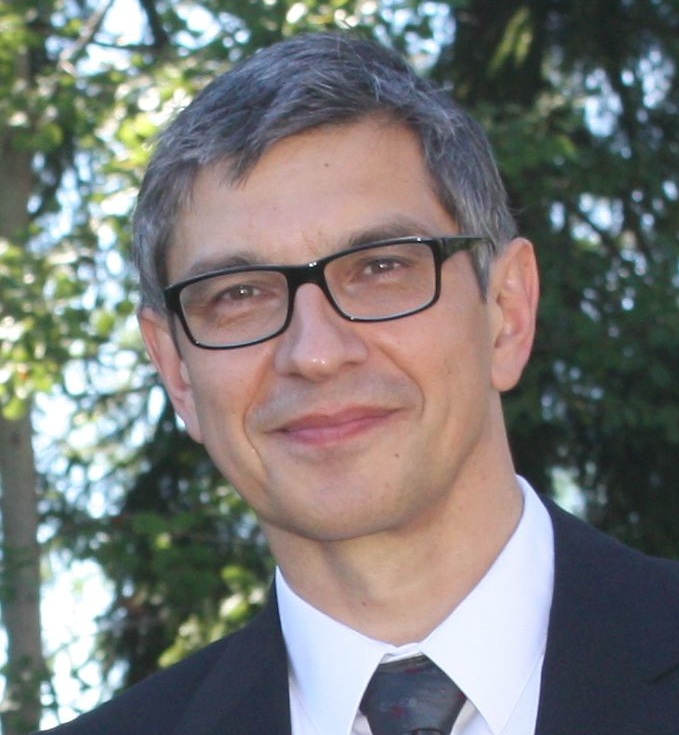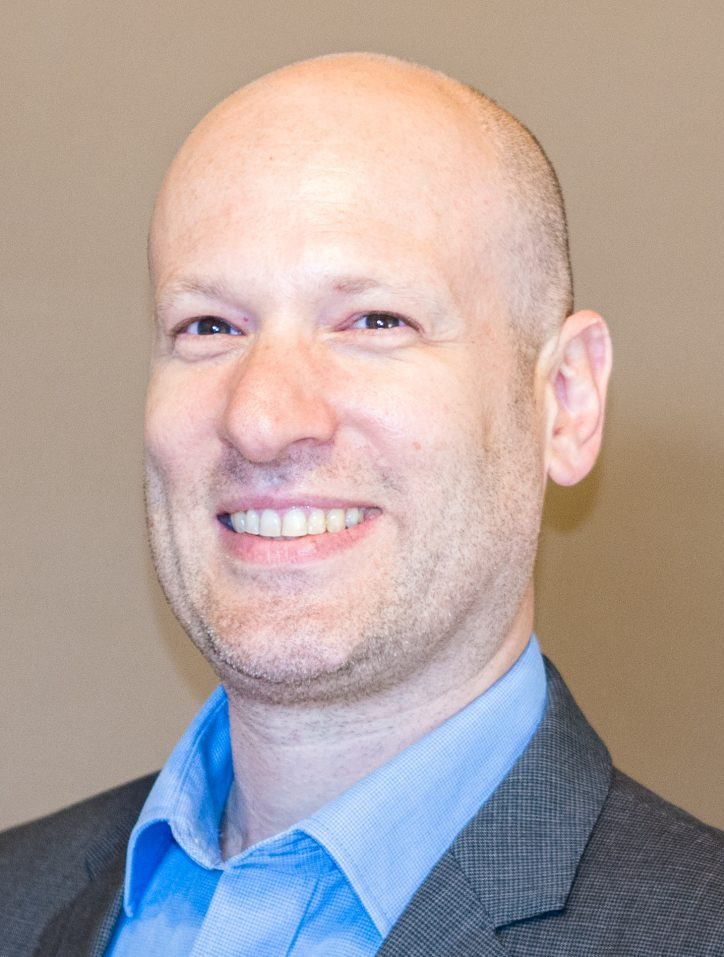Plenary lectures videos are available!
Recordings of the plenary lectures are provided below under a Creative Commons Attribution-NonCommercial-ShareAlike 4.0 International License.
Website for the programme is open!
Program is now online at:
https://controls.papercept.net/conferences/conferences/MED20/program/
The event is postponed and will take place on 16, 17 and 18 September according to that program.
September 2nd, 2020
How to Attend the Conference
MED 2020 is planning for a full online conference hosted through Zoom meetings. The online program with all conference information, schedule, and Zoom links for sessions/meetings can be accessed here.
Remember that all times are Central European Summer Time (UTC+2:00).
Plenary Lectures
- Modeling, estimation, and control in deep brain stimulation, Prof. Alexander Medvedev
- Passivity theory in cooperative control: A network optimization perspective, Dr. Daniel Zelazo
- Civil aircraft reduced order modelling, control and validation: numerical and experimental challenges, Dr. Charles Poussot-Vassal
Modeling, estimation, and control in deep brain stimulation
Deep brain stimulation (DBS) is an invasive therapy broadly used to treat the symptoms of neurological and mental diseases. DBS is currently performed by means of surgically implanted multi-contact electrodes delivering electrical stimulation to well-defined targets in the brain of the patient. The therapeutical effect is much dependent on the individual and can be improved by selecting suitable stimulation settings such as amplitude, frequency, and the signal form of the stimuli pulse train. Insufficient stimulation of the target area does not properly alleviate the symptoms of the treated disease, while overstimulation is prone to undesirable side effects.
A major complication on the way of the individualization and optimization of the DBS therapy is the fact that the biological mechanism behind its therapeutical effect is basically unknown. Selecting the stimulation parameters by medical personnel in a trial-and-error procedure takes up to several months and numerous visits to the clinic.
A significant progress in the computer-assisted individualization and optimization of DBS has been recently made. The talk reviews the mathematical models that describe how the electrical pulses emitted by the electrode propagate through the brain tissue and interact with neural populations. Provided measurements of the local potential are available from the electrode, model-based estimation of the electrical properties of the tissue around the electrode can be performed. The problem of target coverage and stimuli spill minimization is cast as a spatial control problem and solved by optimization. The technology for symptoms quantification in neurological diseases is also reviewed. Finally, an outlook on the prospects of of the individualized DBS therapies is offered.

Director of Program in Automatic Control
Department of Information Technology
Uppsala University, Sweden
Alexander Medvedev is a Professor of Control Engineering at Uppsala University, Sweden. He is also Director of Program in Automatic Control since 2013. Prof. Medvedev has received his MSc (honors, 1981) and PhD (1987) in automatic control from Leningrad Electrical Engineering Institute (LEEI), USSR. He was promoted to Associate Professor (docent) at LEEI in 1991. After a research visit to Åbo Akademi, Finland, (1990-1991), Prof. Medvedev joined Luleå University of Technology, Sweden, and served there as Lecturer, Acting Professor, and Full Professor from 1991 until 2003. In 2002 he moved to Uppsala, where he was appointed Full Professor and started a research group in Biomedical Systems and Control. The current research interests of Prof. Medvedev are mathematical modeling in life sciences and medicine, feedback control of therapies, and quantification of symptoms in neurological diseases. He is Chair of the IEEE Technical Committee on Healthcare and Medical Systems.
Author: Alexander Medvedev

This work is licensed under a Creative Commons Attribution-NonCommercial-ShareAlike 4.0 International License.
Passivity theory in cooperative control: A network optimization perspective
Passivity theory is one of the cornerstones of control theory, providing a rich framework for analyzing properties of dynamical systems. The compositional properties of passive systems make them especially powerful in the study of multi-agent systems and cooperative control. In this talk we will explore necessary and sufficient conditions for a network of passive dynamical systems to reach an output agreement, i.e., the trajectories of each system will synchronize. The leads to a refinement of classical passivity theory that we term maximal equilibrium passivity. We then show that the steady-state behavior of these systems are in fact solutions to a family of classic network optimization problems, and as a result we draw connections between notions of duality in static optimization to cooperative control. This network optimization perspective also leads to synthesis methods for controllers to guarantee the desired behavior of the network and provides new insights to classical problems such as feedback passivation.

Associate Professor of Aerospace Engineering
Technion - Israel Institute of Technology
Director of the Philadelphia Flight Control Laboratory
Daniel Zelazo is an Associate Professor of Aerospace Engineering at the Technion - Israel Institute of Technology and the director of the Philadelphia Flight Control Laboratory. He received his BSc. (’99) and M.Eng (’01) degrees in Electrical Engineering & Computer Science from the Massachusetts Institute of Technology. Before beginning his doctoral studies, he worked for two years on audio compression algorithms as a research engineer at Texas Instruments, Japan. In 2009, he completed his Ph.D. from the University of Washington in Aeronautics and Astronautics. From 2010-2012 he served as a post-doctoral research associate and lecturer at the Institute for Systems Theory & Automatic Control in the University of Stuttgart, and he joined the Technion in 2012. Daniel serves as an associate editor for the IEEE Control Systems Letters, and a subject editor of the International Journal on Robust and Nonlinear Control.
Author: Daniel Zelazo

This work is licensed under a Creative Commons Attribution-NonCommercial-ShareAlike 4.0 International License.
Civil aircraft reduced order modelling, control and validation: numerical and experimental challenges
Aircraft mobility plays an important role in our life style and societal organisation. While this transportation mean is faced to severe environmental changes and safety constraints, research must provides answers applicable in an industrial context. Since some decades, civil aircraft industry did rely - among others - on dynamical systems and control theory advances to address these issues. Indeed, recent developments in these communities did play a important role in the aircraft efficiency and safety improvement, as well as footprint reduction.
This talk aims at illustrating how three "control-oriented" aspects impact this field and led to great improvements. More specifically, (i) the linear large-scale dynamical model approximation, (ii) the linear control design, and (iii) the uncertain modelling robustness analysis will be presented. The talk will illustrate how these developments benefit to the - constrained - industrial civil aircraft environment and fit to practitioners needs. Numerical, practical and experimental aspects will stand as the cornerstone of the presentation.

Researcher (full time position)
ONERA, Department of Systems and Signal Processing
Toulouse, France
Charles Poussot-Vassal is senior researcher at ONERA, the French aerospace lab (Toulouse, France). His research area covers the model-based (and data-driven) approximation of large-scale and infinite dimensional dynamical models, with emphasis on the numerical issues, connections with input-output stability and with industrial-oriented applications in civil aircrafts.
He was born in Grenoble, France, in 1982. In 2005, he completed his Engineering degree and M.Sc. in control and embedded systems from Grenoble INP-ESISAR (Valence, France) and Lund University of Technology (Lund, Sweden), respectively. In 2008, he completed his Ph.D. degree in control systems theory, within the GIPSA-lab's (Grenoble, France). He obtained his French habilitation in 2019 from Toulouse INP (Toulouse, France). At the beginning of 2009, he worked as a research assistant with the Politecnico di Milano (Milan, Italy). From mid-2009, he joined ONERA, as a full-time researcher.
Author: Charles Poussot-Vassal

This work is licensed under a Creative Commons Attribution-NonCommercial-ShareAlike 4.0 International License.



